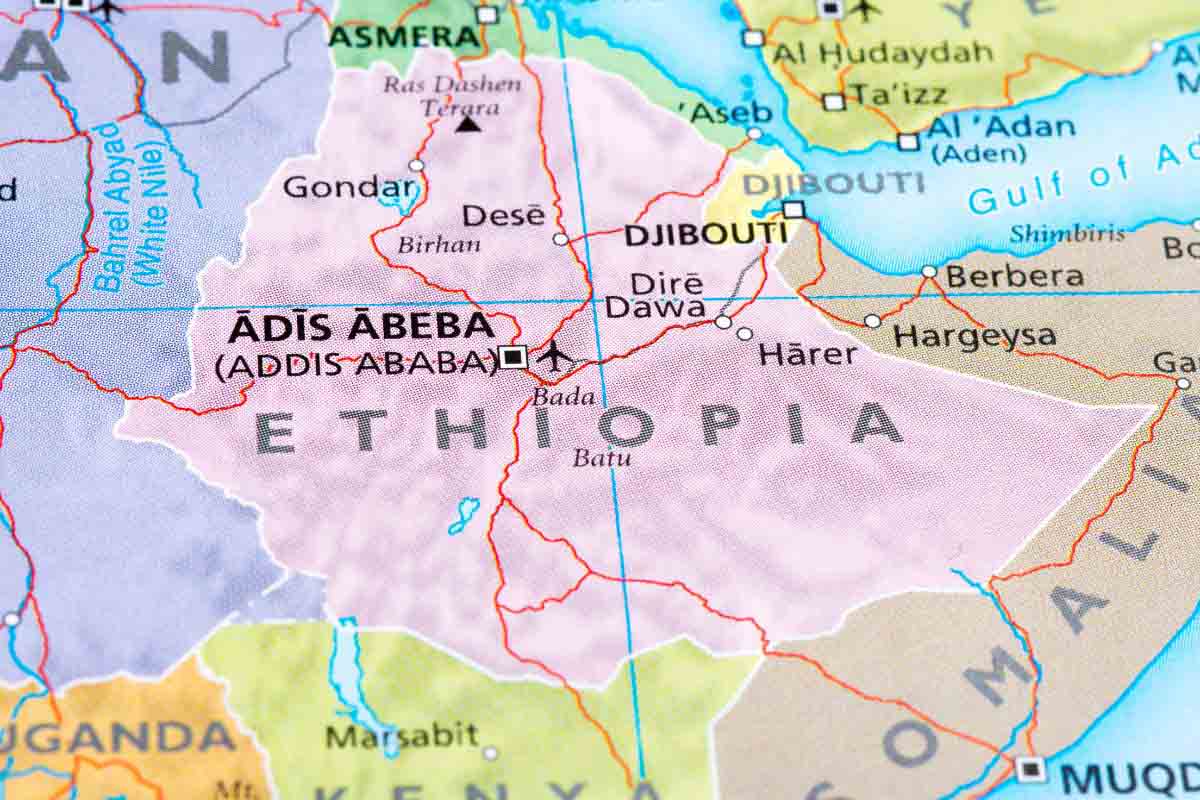The global coffee industry traces its roots back to the ancient forests of Ethiopia, where according to folklore, a goat herder named Kaldi first recognized the stimulating properties of coffee beans.
The narrative recounts how Kaldi stumbled upon this discovery when he observed that his goats became unusually lively after munching on berries from a particular tree. They were so animated that they had trouble sleeping at night. Intrigued by this phenomenon, Kaldi shared his observations with a local monastery’s abbot.
The abbot experimented with the berries and crafted a beverage that helped him stay awake during extended evening prayers. The invigorating effects of the drink didn’t remain a monastic secret for long; the abbot shared his knowledge with fellow monks, and soon word about this energizing berry started to circulate.
Journey to the Arabian Peninsula

From Ethiopia, the story of this revitalizing bean embarked on a global journey, initially reaching the Arabian Peninsula. By the 15th century, Yemen had become a hub for coffee cultivation, and its fame had spread to Persia, Egypt, Syria, and Turkey by the following century.
In these regions, coffee was not merely a household staple but also the focal point of public gathering places known as ‘qahveh khaneh.’
These establishments were buzzing social hubs where people not only enjoyed coffee but also partook in a wide range of social and intellectual activities – conversing, listening to music, watching performances, and even catching up on current events. Such was their impact that these coffee houses earned the epithet ‘Schools of the Wise.’
The annual pilgrimage to Mecca played a key role in disseminating awareness about this ‘Arabian wine,’ as pilgrims from around the globe returned to their native lands, spreading the word.
Making Its Way to Europe
By the time European explorers visited the Near East, tales of a unique dark beverage captured their imagination. By the 17th century, coffee had made its European debut and was becoming a sensation, albeit not without controversy.
Its entrance into Venice in 1615 met with ecclesiastical resistance, prompting Pope Clement VIII to taste it for himself. Finding the drink delightful, he bestowed it with papal approval, effectively quelling the debate.
Across Europe, coffee houses, referred to as ‘penny universities’ in England, started to emerge as centers for intellectual dialogue and social interaction. Such establishments even gave birth to commercial enterprises; Lloyd’s of London, for instance, originated in Edward Lloyd’s Coffee House.
Switching from alcoholic beverages to coffee for breakfast improved both alertness and work performance, further boosting coffee’s reputation. In mid-17th century London alone, there were over 300 coffee houses frequented by various professionals from merchants to artists.
Landing in the New World

The transition to coffee also unfolded in the New World. Initially introduced to New Amsterdam, now known as New York, coffee struggled to dethrone tea until the Boston Tea Party of 1773 changed American beverage preferences permanently.
As global demand escalated, so did efforts to cultivate coffee beyond Arabia. The Dutch succeeded in the latter part of the 17th century, initially failing in India but striking gold in Java, Indonesia.
Their success led to extended plantations across Sumatra and Celebes.
In the Americas, the coffee industry received a major boost from Gabriel de Clieu, a naval officer who risked life and limb to transport a seedling from France’s Royal Botanical Garden to Martinique. This singular plant became the progenitor of millions of coffee trees in the Caribbean, Central, and South America.
Brazil’s coffee empire owes its genesis to Francisco de Mello Palheta, who obtained seeds from French Guiana courtesy of the French Governor’s enamored wife.
These seeds laid the foundation for Brazil’s billion-dollar coffee industry.
Over time, missionaries, traders, and settlers continued to disperse coffee seeds worldwide. Plantations sprang up in lush forests and mountainous terrains, with varying levels of success.
The global coffee trade evolved into one of the most lucrative commodities, second only to crude oil in economic importance. By the end of the 18th century, coffee had not only become a cherished drink but also a cornerstone of global commerce.





